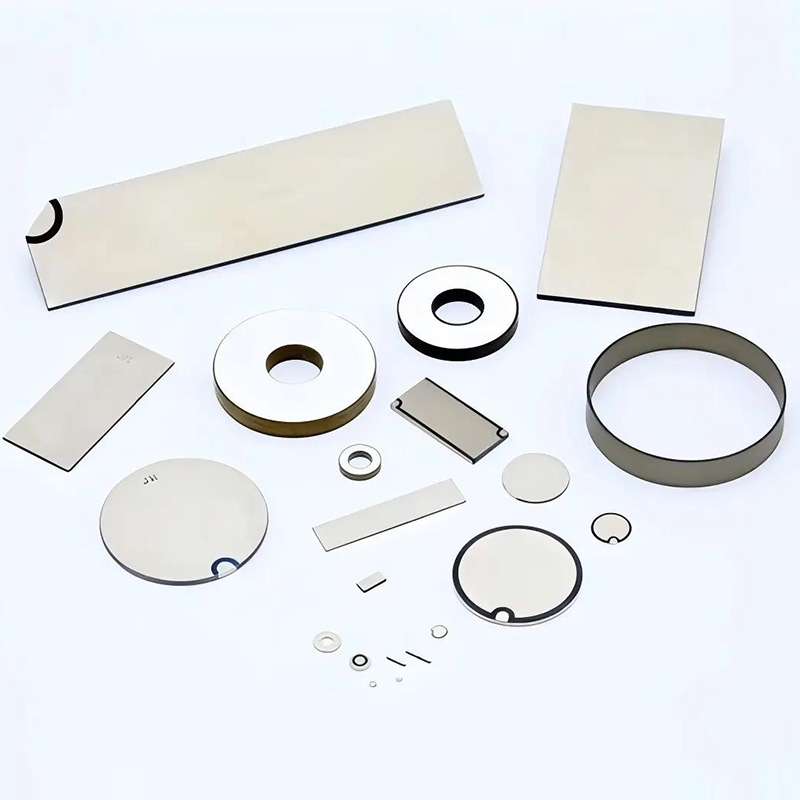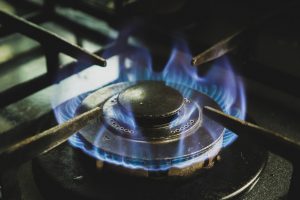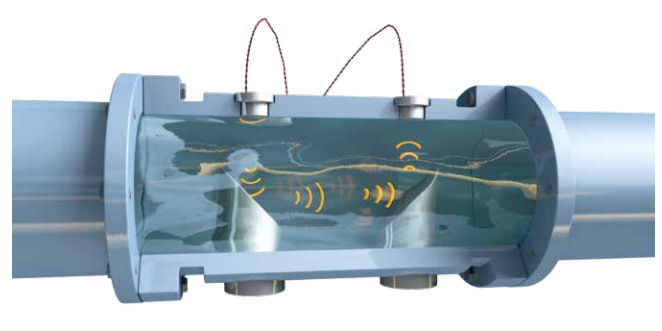
PZT Piezoelectric ceramic
Piezoelectric ceramics is a kind of functional ceramic material that can convert mechanical and electrical energy into each other. Due to its good mechanical properties and stable piezoelectric properties, piezoelectric ceramics, as a kind of important force-, heat-, electricity-, and light-sensitive functional material, has been widely used in sensors, ultrasonic transducers, microdisplacements, and other electronic components, and so on.

Step 1
Product Features
Dielectric Properties
Piezo ceramics are characterized by their ability to respond to an external electric field, which is measured by their dielectric properties.
Elastic Properties
The elasticity of a piezoelectric ceramic is defined by its coefficient of elasticity, which measures the deformation of the material when a force is applied.
Piezoelectric Properties
The most distinctive feature of piezoelectric ceramics is their piezoelectricity, which consists of a positive piezoelectric effect and an inverse piezoelectric effect. Positive piezoelectricity refers to the displacement of the center of charge within the material under mechanical stress, which results in polarization and the generation of an opposite charge on the surface of the material.
Piezo ceramics are characterized by their ability to respond to an external electric field, which is measured by their dielectric properties.
Elastic Properties
The elasticity of a piezoelectric ceramic is defined by its coefficient of elasticity, which measures the deformation of the material when a force is applied.
Piezoelectric Properties
The most distinctive feature of piezoelectric ceramics is their piezoelectricity, which consists of a positive piezoelectric effect and an inverse piezoelectric effect. Positive piezoelectricity refers to the displacement of the center of charge within the material under mechanical stress, which results in polarization and the generation of an opposite charge on the surface of the material.
Step 2
Application Field

Sound Conversion Applications
Piezoelectric ceramics are widely used as sound transducers in devices such as pickups, microphones, headphones, buzzers and sonar systems. They can be controlled by electronic circuits to generate vibrations at various frequencies, thus producing a variety of sounds. For example, electronic music greeting cards use the inverse piezoelectric effect to convert AC audio signals into audible sound signal

Piezo Lighters
Piezo lighters are mainly used in gas cookers, which use piezo ceramics to generate high voltage at the push of a button, creating a spark to ignite the gas. These lighters are highly regarded for their ease of use, reliability and durabilit

HLiquid Applications
The design and manufacture of these sensor housings is particularly important to ensure that the sensors are able to operate reliably at high pressures and over a wide temperature range. Our water-coupled sensors are ideally suited to these applications. We can also customise designs for particularly challenging environments and are especially suited for operation up to 150°C. Measuring the flow of clean liquids can be achieved by mounting the sensor at an angle, by means of a reflector block or by directing the flow between the sensors.
Medical Ultrasonic Cleaning
In ultrasonic cleaners, piezoelectric ceramics are often used as the core component of the ultrasonic transducer. When an alternating electric field is applied, the piezoelectric ceramics will undergo deformation, thus generating ultrasonic waves. These ultrasonic waves propagate in the cleaning fluid, generating a strong cavitation effect and micro-jets, effectively stripping and dispersing dirt to achieve the purpose of cleaning.
In ultrasonic cleaners, piezoelectric ceramics are often used as the core component of the ultrasonic transducer. When an alternating electric field is applied, the piezoelectric ceramics will undergo deformation, thus generating ultrasonic waves. These ultrasonic waves propagate in the cleaning fluid, generating a strong cavitation effect and micro-jets, effectively stripping and dispersing dirt to achieve the purpose of cleaning.
Step 3
Precision manufacturing
Through Loongeram’s professional and continuous manufacturing methods, piezoelectric ceramics have properties such as dielectricity and elasticity in addition to piezoelectricity, and are information functional ceramic materials capable of converting mechanical and electrical energy into each other-the piezoelectric effect.
